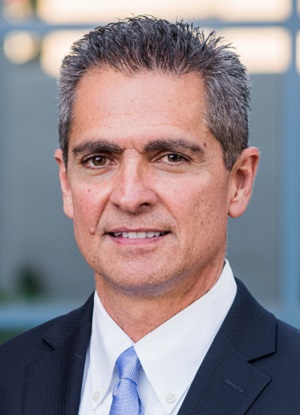
By Scott Martindale
President, Sabrient Systems LLC
It is encouraging to see that Q3 earnings season is looking a bit better than expected and is on track to produce positive earnings growth for the first time since Q1 2015 (that was six straight quarters of negative year-over-year growth!) – and on positive revenue growth, to boot. Entering earnings season, Wall Street’s mood had turned negative after an expectation earlier in the year that Q3 would be the big turnaround quarter, so the upside surprises so far have been most welcome.
On the other hand, stocks appear to be enduring something of a “stealth correction” or risk-off activity, which has been impacting small caps much more than the larges. After seven months of expansion (essentially from Feb 11 until Sept 22), market breadth has been shrinking over the past month, as news headlines take the stage away from fundamentals, which is not surprising given the impending election. I think we will see elevated volatility in advance of election day, but after rationalizing what it all means (no matter what result transpires), I expect the market to stabilize – at least until the December 14 FOMC meeting. From a technical standpoint, the proverbial spring remains tightly coiled for a significant move. But even if the initial move is down, I would consider it a buying opportunity, as I think investors will return to a focus on fundamentals, leading once again to healthier market breadth and diverse leadership, with higher prices in our future.
In this periodic update, I give my view of the current market environment, offer a technical analysis of the S&P 500 chart, review our weekly fundamentals-based SectorCast rankings of the ten U.S. business sectors, and then offer up some actionable ETF trading ideas. Overall, our sector rankings look relatively bullish, although the sector rotation model still suggests a neutral stance. Read on....